In the last couple years, a movement called No Mow May has slowly started to spread across the country. To participate, homeowners can simply skip lawn maintenance for the entire month and let grass — as well as weeds — grow.
But this time-saving trend isn’t just an excuse to neglect your chores for a month — it boasts plenty of benefits for your lawn, pollinators, and the planet.
No Mow May began as an initiative to protect populations of pollinators such as bees and butterflies, which have a huge impact on our food supply chain and have drastically declined in recent years. The dandelions and wildflowers that typically get killed off with May mowings help these pollinators produce and thrive. One study found unmowed lawns held five times more bees!
While your yard might look a little unruly for a few weeks, letting diverse species such as dandelions, clover, and common blue violet grow can actually help aerate soil and act as natural fertilizer to your lawn until you properly treat it. Plus, less frequent mowing can make your lawn less susceptible to drought damage and require less watering.
No mowing or lawn maintenance for 31 days also means reduced noise pollution, water usage, and fuel emissions into the environment. An all-around win.
Before you participate in No Mow May, keep a couple things in mind:
- Check to see if your municipality is participating in No Mow May or if you could face fines for letting your lawn go for a month.
- That first cut in June could be extra tough on your mower, so raise the blade height to prevent damage.
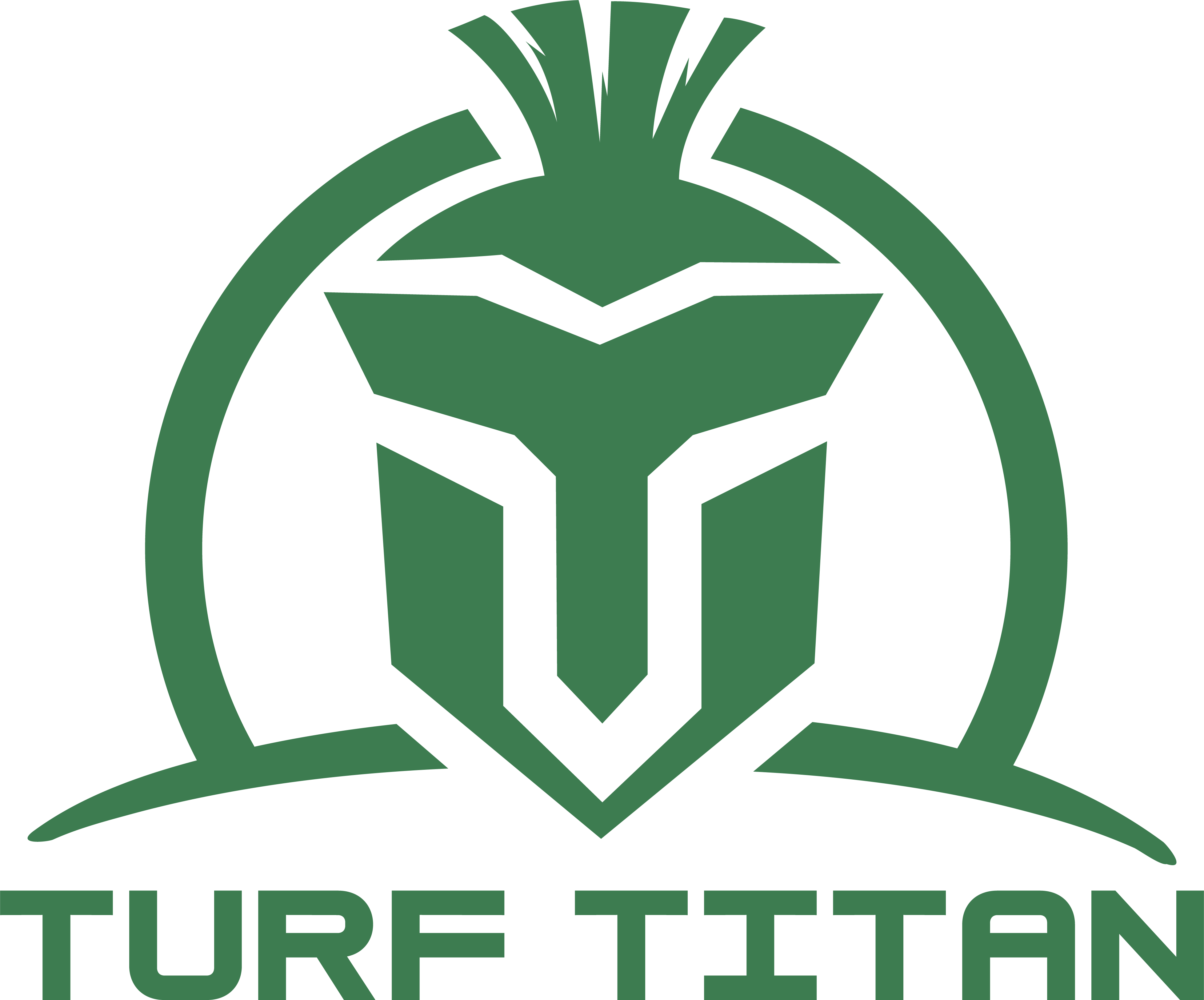


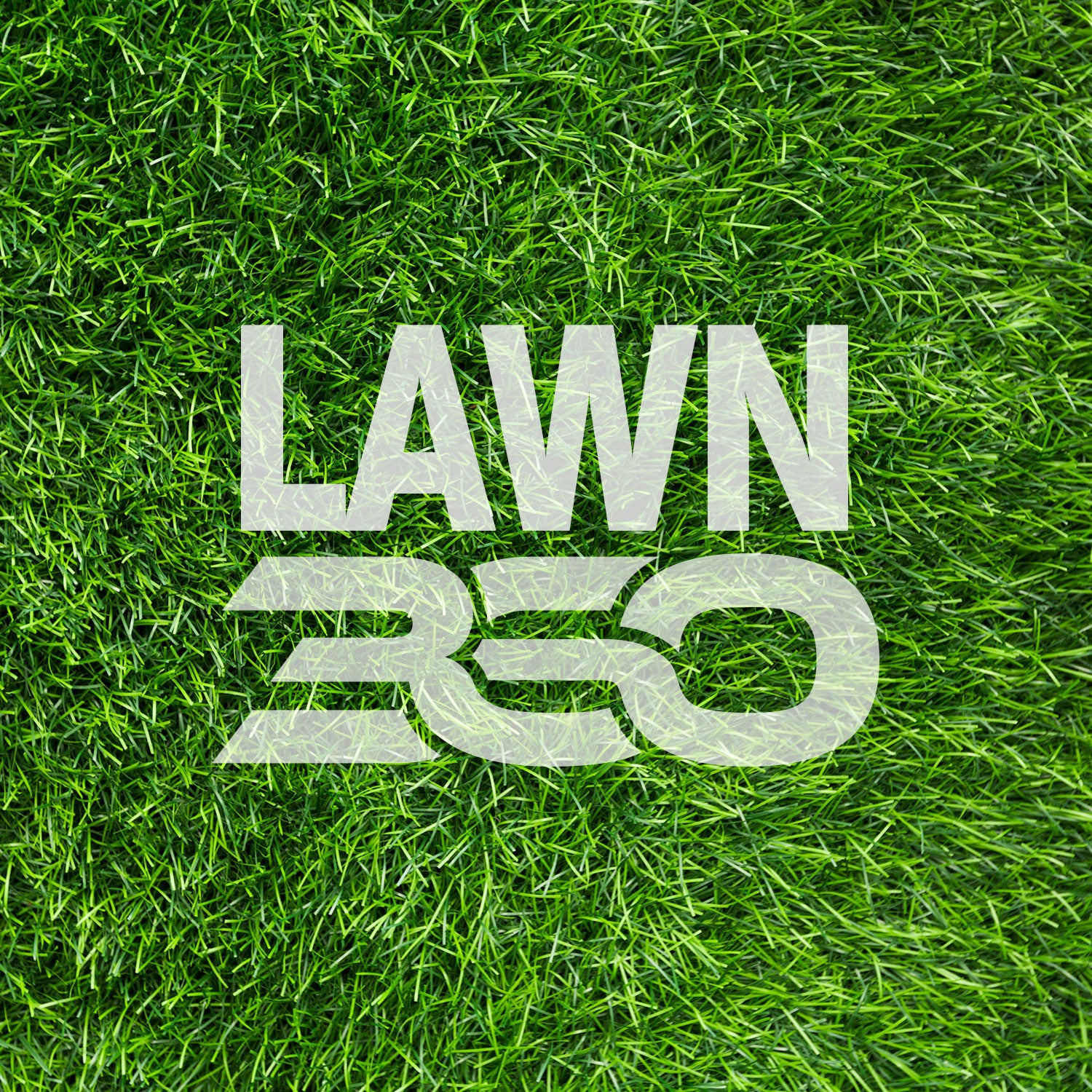


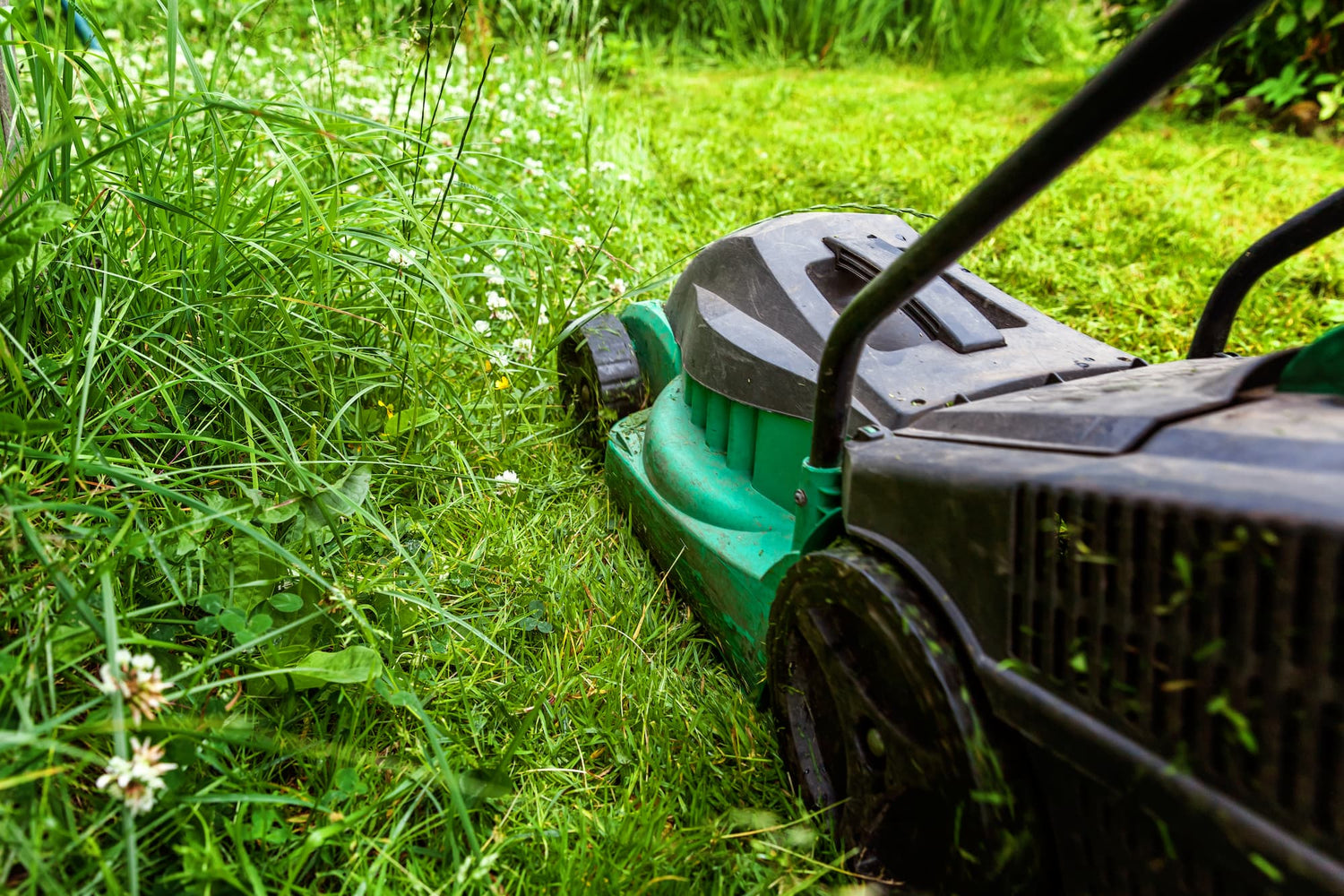
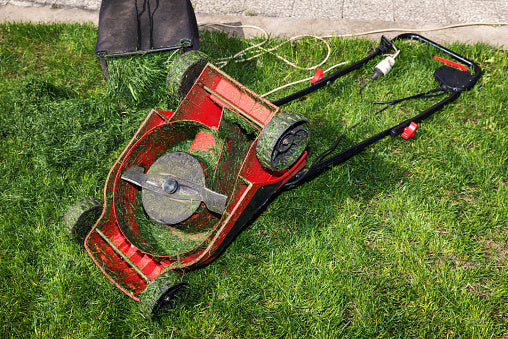
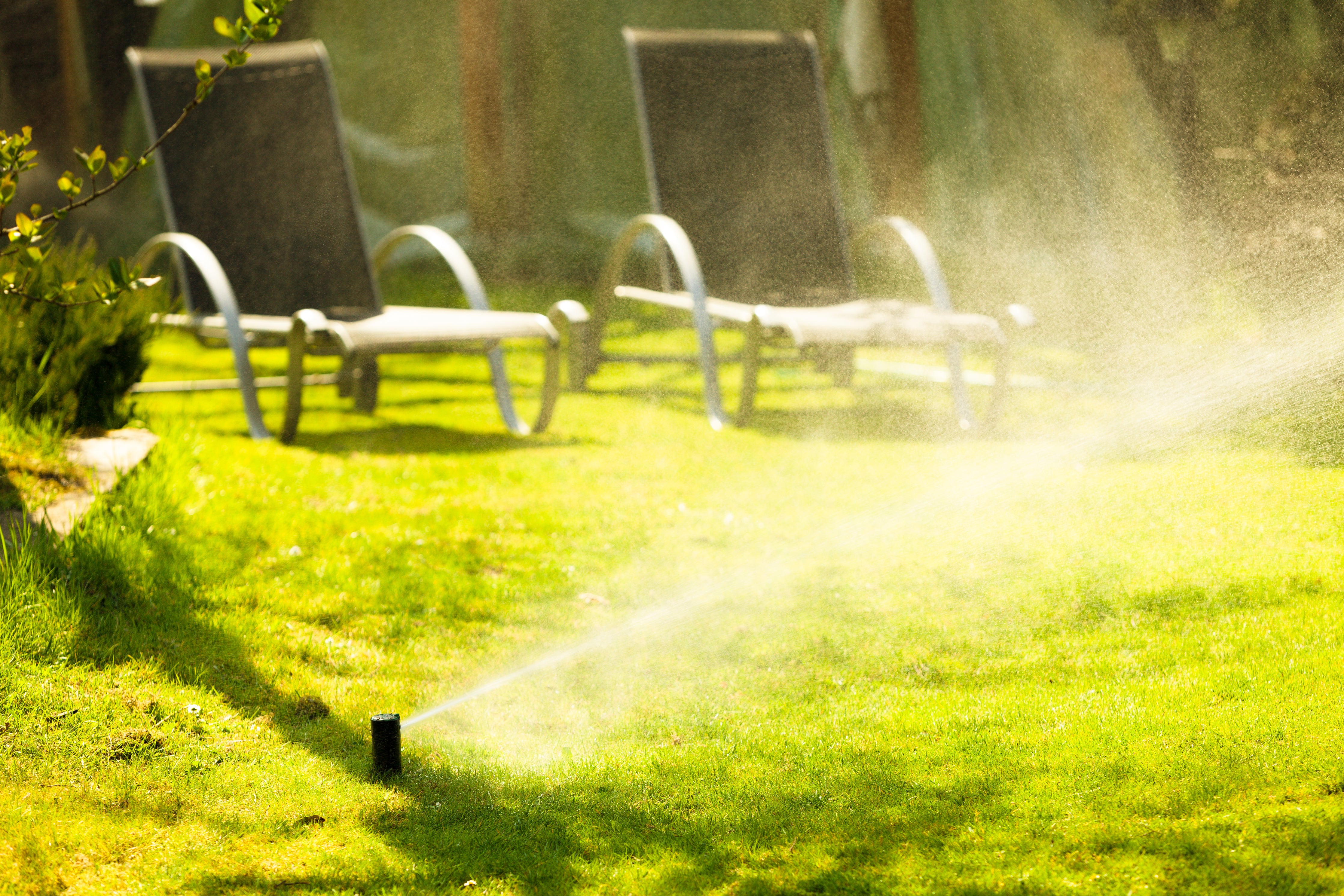
Leave a comment
This site is protected by hCaptcha and the hCaptcha Privacy Policy and Terms of Service apply.